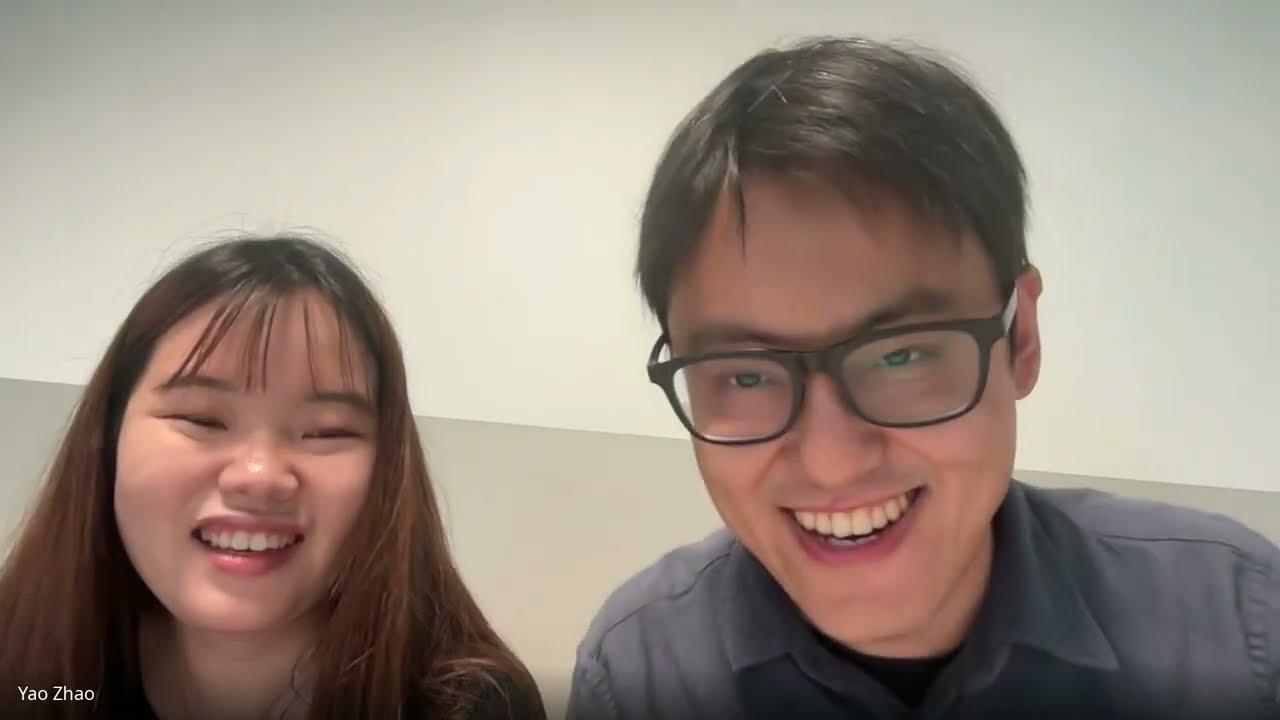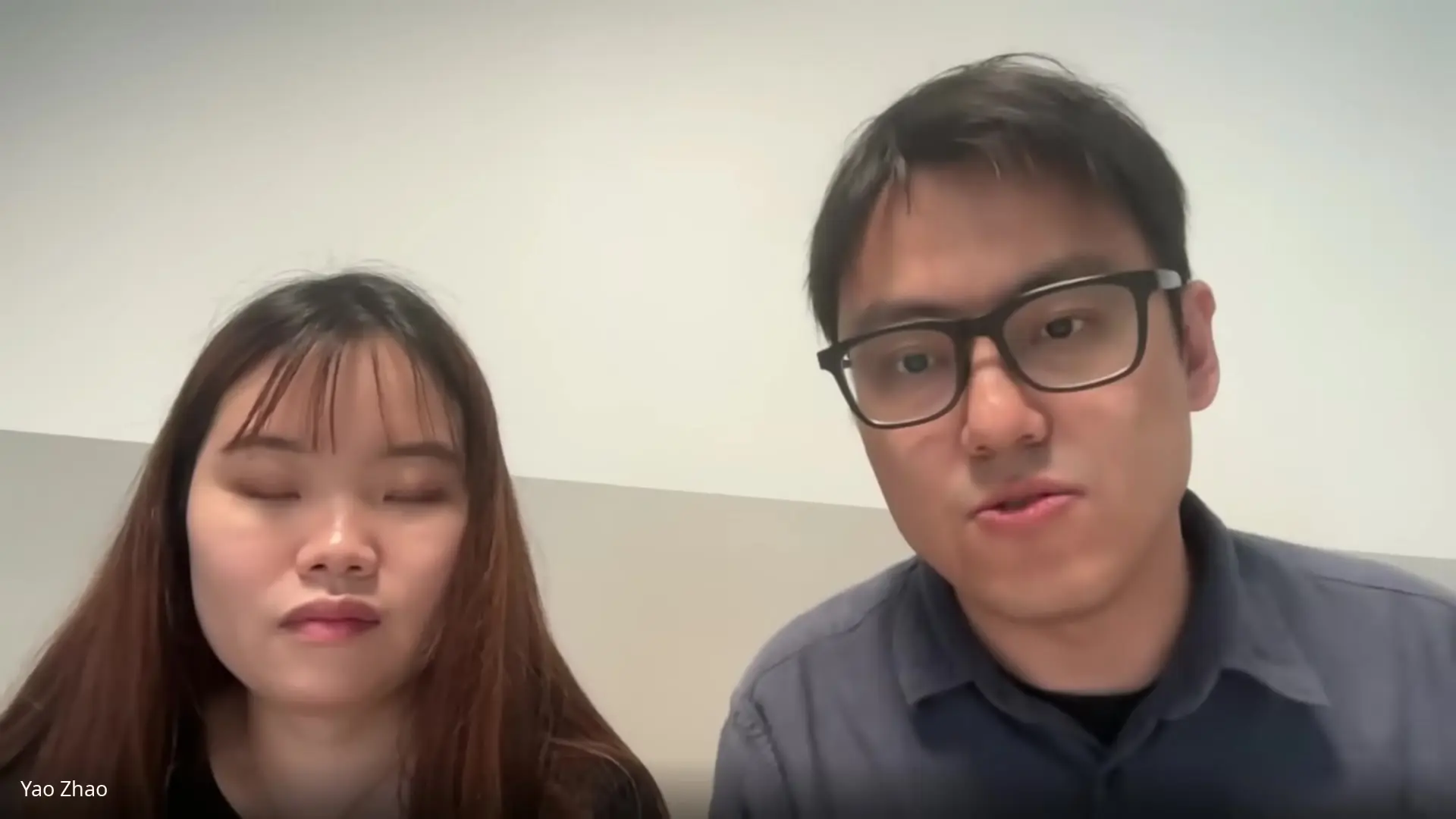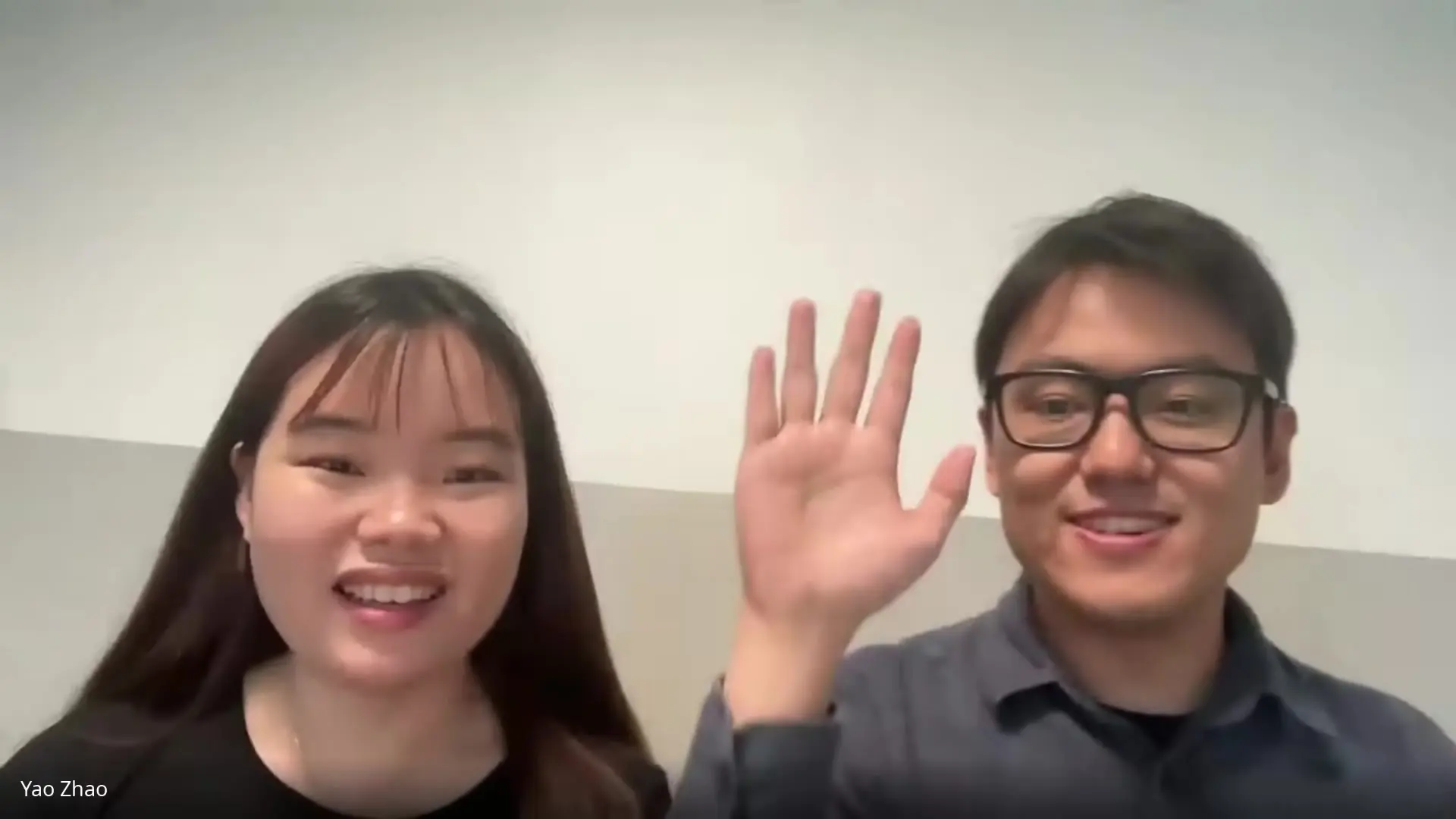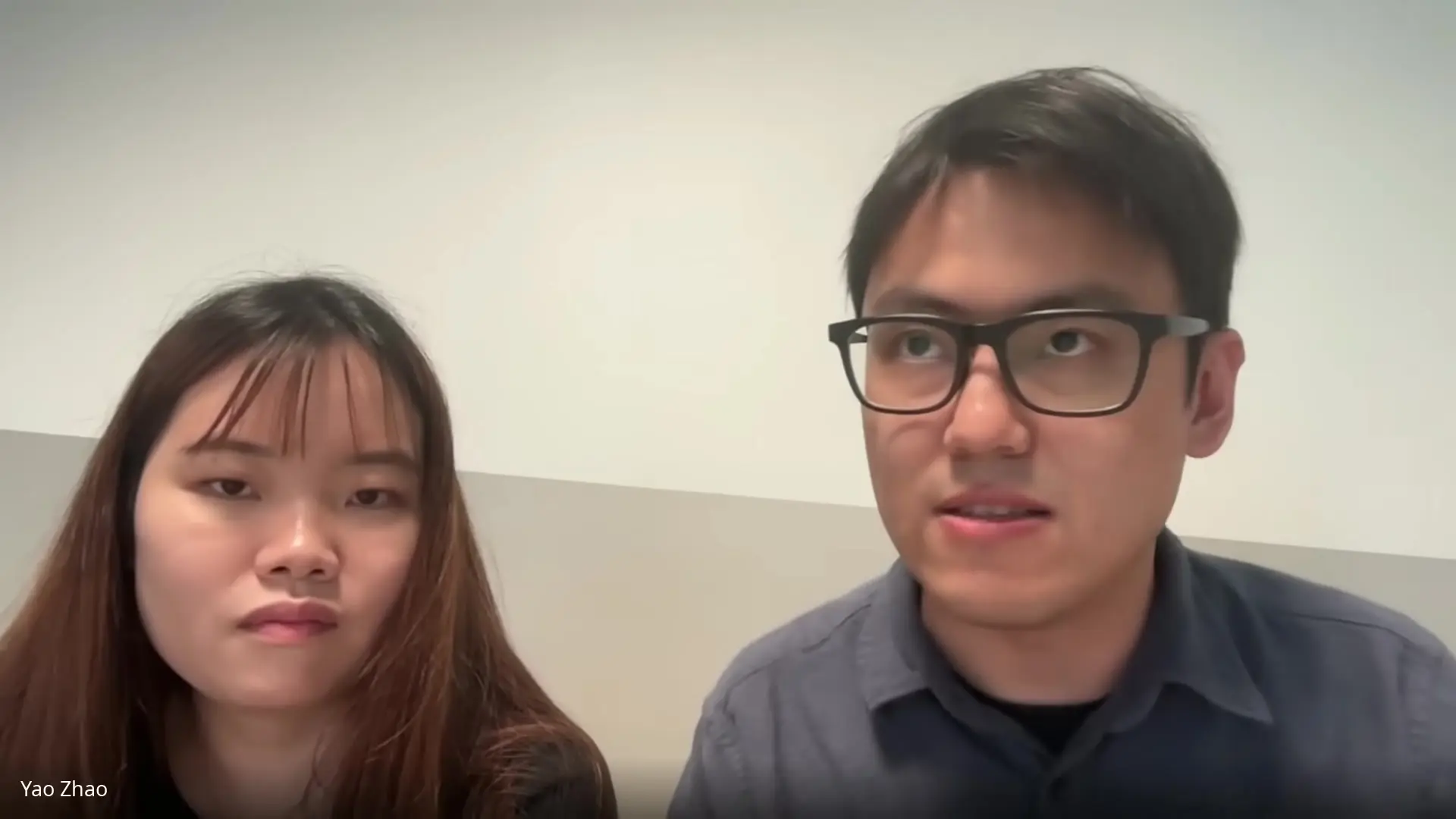
In a groundbreaking application of artificial intelligence to archaeological discovery, Team Black Bean emerged as winners of OpenAI's challenge with their innovative system called AKOS. Their project demonstrates how cutting-edge machine learning can transform the field of archaeology, particularly in dense and difficult-to-explore regions like the Amazon rainforest.
The AKOS System: AI-Powered Archaeological Discovery
AKOS is a scalable system designed to identify potential archaeological sites in the Amazon rainforest using deep learning models. The team integrated OpenAI capabilities to bring intelligence to their system, creating a powerful tool that can analyze vast areas of terrain that would be impractical to survey using traditional methods.
The core innovation of AKOS lies in its approach to processing geographical data. The team trained deep learning classifiers on LiDAR data and satellite imagery to identify and classify different types of earthworks characteristic of ancient human settlements. By dividing the Amazon region into 3x3 km tiles and analyzing each segment systematically, they were able to create a comprehensive survey of potential archaeological sites.

Methodology: Combining Deep Learning with Archaeological Expertise
The team's methodology involved several sophisticated steps:
- Dividing the Amazon rainforest into manageable 3x3 km tiles for analysis
- Training deep learning models on LiDAR data and satellite imagery
- Running prediction and detection models on each tile's centroid
- Applying configuration changes to reduce noise and enhance feature visibility
- Post-processing results to identify the most promising sites
- Creating an interactive visualization platform for exploration of findings
One of the most innovative aspects of their approach was using OpenAI's GPT models to act as an experienced archaeologist, analyzing the detected sites and providing detailed reports. This combination of machine learning for detection and AI for interpretation created a powerful synergy that amplified the effectiveness of their system.
Results: Over 100 Potential Archaeological Sites Discovered
The AKOS system identified more than 100 potential archaeological sites throughout the Amazon rainforest. The team created an interactive website where users can explore these findings, clicking on specific locations to access detailed information about each site. When a user selects a location, they can view the AI-generated archaeological assessment, complete with analysis of the site's characteristics and potential significance.
What makes this approach particularly valuable is its scalability. As the team noted, "The deep learning approach is scalable enough to scan the whole Amazon rainforest in a reasonable duration of time." This represents a significant advancement in archaeological methodology, potentially reducing years of manual survey work to a matter of weeks or months.
OpenAI as a Collaborative Partner in Research
A fascinating insight from Team Black Bean was their experience using OpenAI's models not just as tools but as collaborative partners in the research process. As team member Ya described, "I think this is more like a collaborator... for many times, I ask him what to do next. He can memorize the whole dialogue over months or a year. So he knows the whole structure of our project."
This collaborative aspect of AI represents a new paradigm in research methodology. The team noted that OpenAI's models were particularly effective at summarization, helping to distill complex archaeological data into accessible reports that could bridge the gap between specialized domain knowledge and broader audiences.

Meet Team Black Bean: From Different Backgrounds to AI Innovation
Team Black Bean consists of three members with diverse backgrounds:
- Yao: A software engineer with one year of professional experience, currently working at Manta
- Inia: A software engineer at Amazon
- Ya: A recent graduate from Nan Technological University with an interest in Asian civilization
Interestingly, the team name "Black Bean" was chosen in memory of a beloved family dog who had passed away at 16 years of age just a few months before the competition. This personal connection adds a touching dimension to their technical achievement.
What's remarkable about Team Black Bean is that they had no prior expertise in archaeology. As Ya mentioned, "We have firstly no knowledge about archaeology in Amazon basin. It [OpenAI] teach us only one week and we become some part of the archaeologist." This rapid knowledge acquisition, facilitated by AI, allowed them to develop domain expertise quickly enough to create a meaningful contribution to the field.
Future Directions and Potential Impact
Looking forward, Team Black Bean plans to continue refining their approach and make their work publicly available to benefit the broader archaeological community. They recognize there are still improvements to be made and hope their methodology might inspire applications in other fields beyond archaeology.

The potential impact of this technology extends far beyond the Amazon. Similar approaches could be applied to archaeological surveys in other challenging environments worldwide, potentially leading to discoveries that might otherwise remain hidden for decades or centuries.
Lessons for AI Applications in Scientific Research
The success of Team Black Bean in the OpenAI Challenge offers several valuable insights for those looking to apply AI and deep learning to scientific research:
- Domain-specific knowledge can be rapidly acquired with AI assistance, enabling non-experts to make meaningful contributions
- Deep learning excels at pattern recognition tasks that would be impractical for human researchers to perform at scale
- AI can serve as a collaborative partner in research, not just a tool
- Combining multiple AI approaches (deep learning for detection, GPT for interpretation) creates powerful synergies
- AI can help bridge the gap between specialized research and broader audiences through effective summarization
Conclusion: A New Era for Archaeological Discovery
Team Black Bean's AKOS system represents a significant advancement in how technology can accelerate scientific discovery. By combining deep learning techniques with OpenAI's language models, they've created a powerful methodology that could transform archaeological research in remote and challenging environments.
Their work demonstrates that AI is not just automating existing processes but enabling entirely new approaches to longstanding challenges. As they continue to refine and share their methodology, we may be witnessing the early stages of a revolution in how we discover and understand our ancient past.
This innovative application of AI technology to archaeology showcases how fields that might seem worlds apart can come together to create breakthroughs that neither could achieve alone. It's a powerful reminder of the transformative potential of interdisciplinary collaboration in the age of artificial intelligence.
Let's Watch!
How Team Black Bean Won OpenAI's Challenge with Deep Learning for Archaeology
Ready to enhance your neural network?
Access our quantum knowledge cores and upgrade your programming abilities.
Initialize Training Sequence